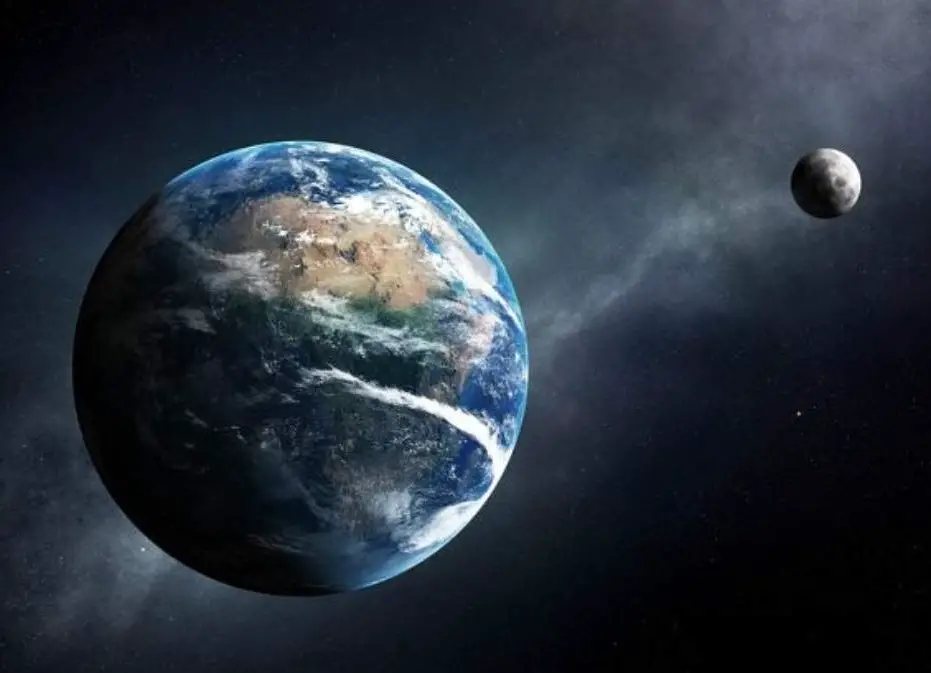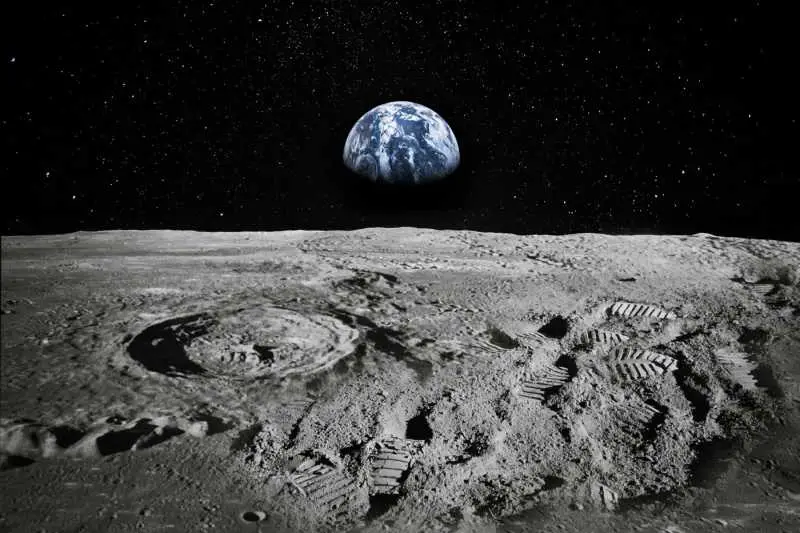Why is the Moon Moving Away from Earth? Will the Earth Survive without the Moon?

The moon moving away from Earth
The force of gravitation is the strongest bond between the earth and the moon. The Moon’s gravitation forces the Earth’s rotation to slow down and the Earth’s gravity forces the Moon’s orbit to expand.

The Moon begins to move away from the Earth at a rate of 3.78cm (1.48 inches) each year due to the tidal interaction between the Earth and the Moon.
The moon is moving away from the earth at such a slow rate that it would take billions of years to see the earth without a moon.
Why is the moon moving away from earth?
The gravitational pull of the moon creates a tidal bulge in the earth’s oceans. The tidal bulge provides some power to the moon’s orbital motion, allowing it to push slightly away from the earth.

What will happen to the Earth without moon & could we live without the moon?
The moon has many impacts on the planet, and without it, the earth would undoubtedly become unstable.
We all know that, in the moonlight, we can see the figures at least as shadows, but if the moonlight goes out, we can’t see them at all. It’ll be similar to what we see if we shut our eyes.
The Earth’s rotation is slowed by the moon’s gravitational pull, and without it, the rotation speed of the earth will increase.
As a result of the increasing rotational speed of the earth in the absence of the moon, The days would be between six and twelve hours long, and a year would have over a thousand days.
The gravity of the Moon causes the tides on our planet to rise and fall. And without the moon, Low tides & High tides would be significantly lower.
The water would spread uniformly around the planet if there was no moon.
Strong winds will appear on the earth’s surface if there was no moon.
Distance from the Earth to the moon?
384,400 km
Also READ!
FAQs (Frequently Asked Questions)
What is the current distance from the Earth to the Moon? The Moon currently orbits Earth at a distance of 384,400 kilometers.
Can Earth survive without the Moon? Earth could technically survive without the Moon, but it would undergo profound and, in many ways, detrimental changes.
How long would a day be if the Moon vanished? In the absence of the Moon, Earth’s days could become as short as six to twelve hours.
What happens to the tides without the Moon? Without the Moon, tides on Earth would be significantly lower and less dynamic.
What other effects would we experience if the Moon disappeared? A moonless Earth would see widespread changes, including uniform water distribution and the emergence of strong surface winds.
Conclusion
The Moon’s slow retreat from Earth is a captivating celestial tale that teaches us about the interconnectedness of our universe.
As we’ve journeyed through the science and consequences of the Moon’s departure, we’ve glimpsed a world where shadows reign, days race by, and tides lose their majesty.
While Earth could technically survive without its lunar companion, it would be a vastly different and more chaotic place.
The Moon, it seems, is an indispensable partner in our cosmic dance, ensuring that our planet continues to spin in harmony.
